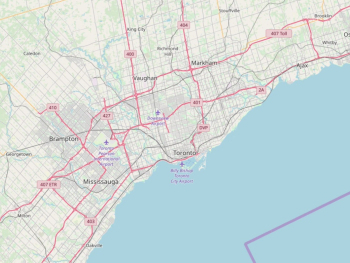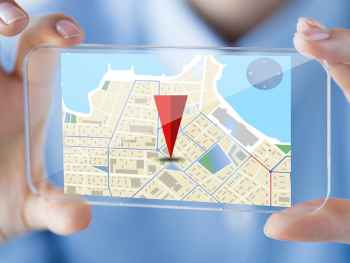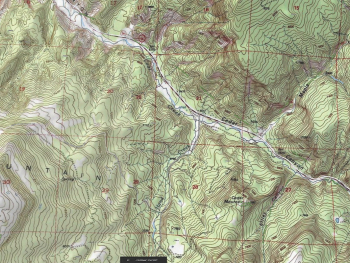Remote sensing technology has emerged as a powerful tool for understanding and monitoring the Earth's surface and atmosphere from afar. From tracking changes in land cover to monitoring environmental phenomena, remote sensing plays a crucial role in various fields, including environmental science, agriculture, urban planning, and disaster management. In this article, we delve into the latest innovations in remote sensing technology and their transformative impact on mapping and monitoring our planet.
High-Resolution Satellite Imagery:
One of the most significant advancements in remote sensing is the proliferation of high-resolution satellite imagery. Modern satellites equipped with advanced sensors can capture imagery with unprecedented detail, allowing researchers to observe the Earth's surface with remarkable clarity. High-resolution imagery enables the mapping of land cover, vegetation health, urban expansion, and natural disasters with precision, providing valuable insights for decision-makers and scientists alike.
Hyperspectral Imaging:
Hyperspectral imaging is revolutionizing remote sensing by offering a wealth of information beyond what traditional satellite imagery can provide. Unlike conventional sensors that capture imagery in a few spectral bands, hyperspectral sensors measure hundreds of narrow spectral bands across the electromagnetic spectrum. This allows researchers to detect subtle variations in the composition of materials on the Earth's surface, such as identifying different types of vegetation, minerals, and pollutants. Hyperspectral imaging holds immense potential for applications ranging from precision agriculture and mineral exploration to environmental monitoring and pollution detection.
LiDAR Technology:
Light Detection and Ranging (LiDAR) technology is transforming our ability to create detailed three-dimensional maps of the Earth's surface. LiDAR sensors emit laser pulses and measure the time it takes for the light to return, thereby generating precise elevation data. This elevation data can be used to create high-resolution digital elevation models (DEMs) and accurately map terrain features, such as mountains, valleys, and rivers. LiDAR technology is invaluable for urban planning, infrastructure development, flood modeling, and habitat mapping, enabling planners and policymakers to make informed decisions based on accurate spatial data.
Unmanned Aerial Vehicles (UAVs):
Unmanned Aerial Vehicles, commonly known as drones, are revolutionizing remote sensing by providing a flexible and cost-effective means of data collection. Equipped with cameras, LiDAR sensors, and other instruments, drones can capture high-resolution imagery and collect spatial data with precision. UAVs are particularly useful for monitoring small-scale environmental phenomena, conducting aerial surveys in inaccessible or hazardous areas, and rapid response during natural disasters. The versatility and agility of drones make them indispensable tools for researchers, conservationists, and emergency responders alike.
Artificial Intelligence and Machine Learning:
Artificial intelligence (AI) and machine learning are enhancing the analysis and interpretation of remote sensing data, unlocking new insights and capabilities. These technologies enable automated feature extraction, classification of land cover types, change detection, and predictive modeling. By training algorithms on vast amounts of remote sensing data, researchers can develop models that can accurately identify and analyze patterns and trends in environmental data. AI-powered remote sensing applications have the potential to streamline workflows, improve decision-making, and accelerate scientific discoveries in various domains.
The rapid advancement of remote sensing technology is revolutionizing the way we map, monitor, and understand our planet. From high-resolution satellite imagery and hyperspectral imaging to LiDAR technology, UAVs, and artificial intelligence, these innovations are opening new frontiers in environmental science and resource management. As remote sensing capabilities continue to evolve, the potential for addressing pressing environmental challenges and unlocking new insights into Earth's processes is greater than ever before. By harnessing the power of remote sensing technology, we can map the future of our planet and strive towards a more sustainable and resilient future.




